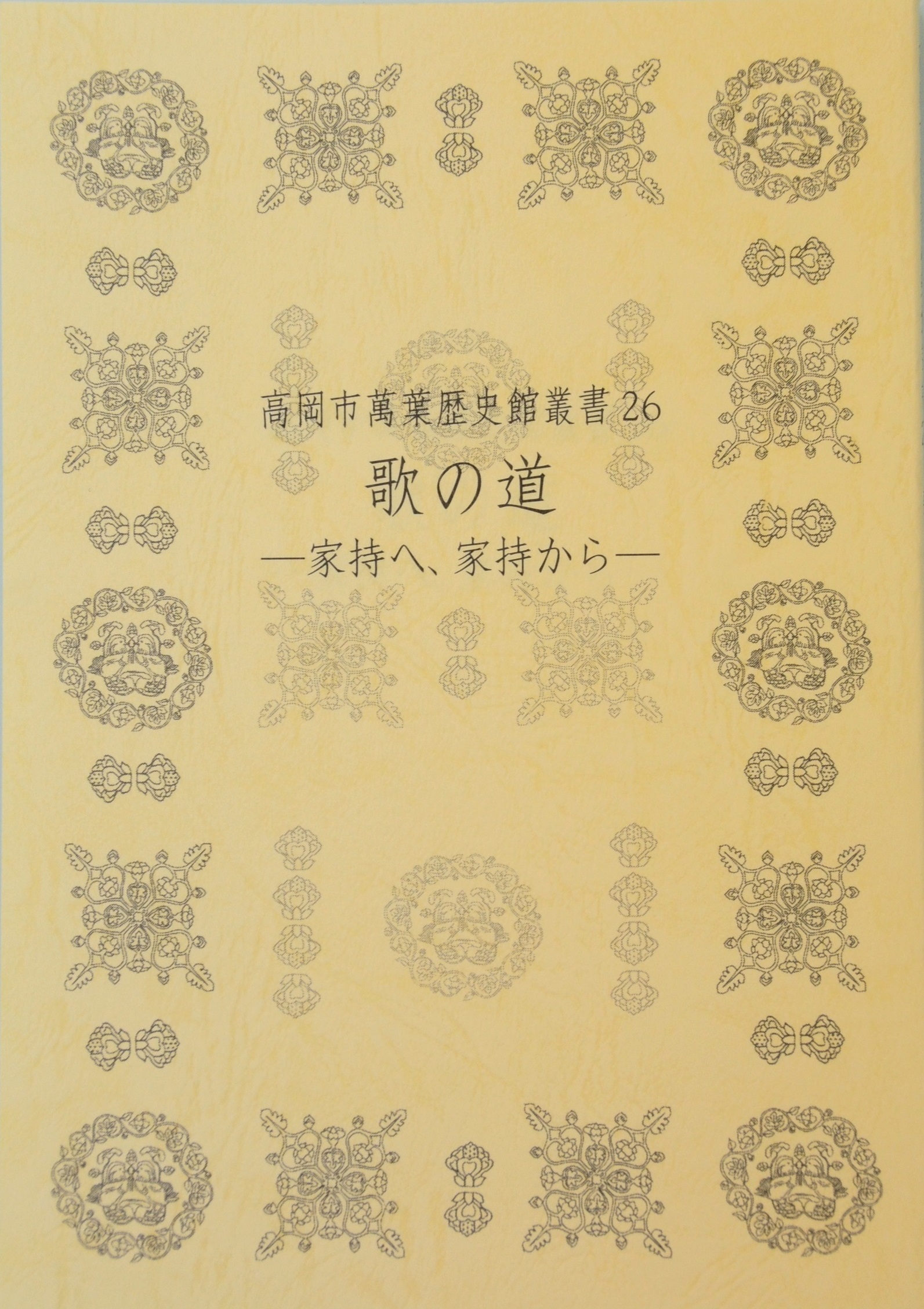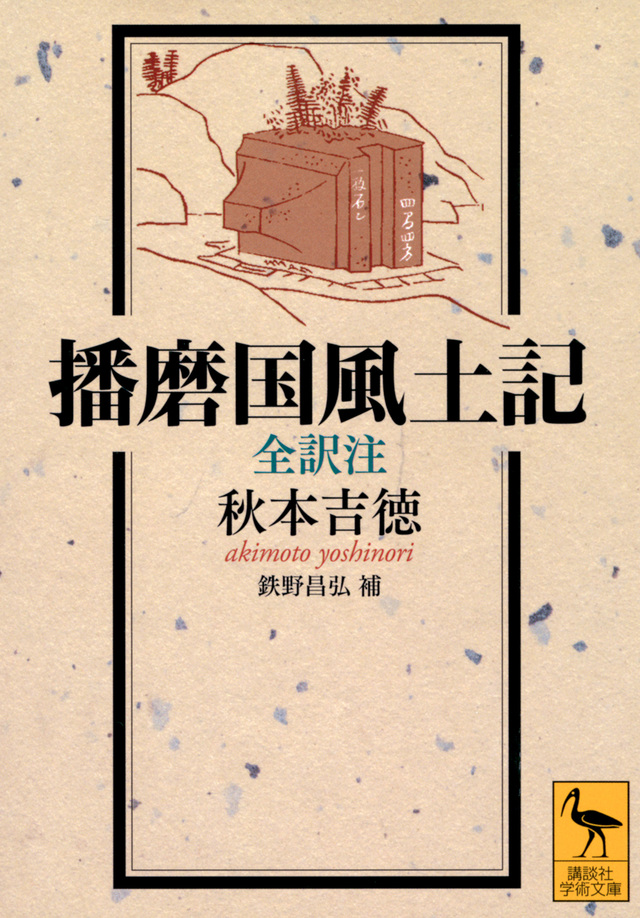
Title
Takaokashi Man’yō Rekishikan Sōsho 26 Uta no michi – Yakamochi e, Yakamochi kara (The path of poetry: To Yakamochi, from Yakamochi)
Size
140 pages, A5 format
Language
Japanese
Released
March 26, 2014
Published by
Takaoka Man’yō Historical Museum
Book Info
See Book Availability at Library
Japanese Page
This book is vol. 26 in a series published by Takaoka Manyo Historical Museum. This museum was established because the poet Ōtomo no Yakamochi spent more than five years in Takaoka as governor of Etchū province, and many of the books in this series deal with topics related to Yakamochi. This book, too, focuses on Yakamochi, considered to have been the compiler of the Man’yōshū, the earliest extant anthology of Japanese poetry, and it deals with two main themes, namely, how Yakamochi utilized earlier poems in his own poems (contributions by myself, Kōnoshi Takamitsu, Ichinose Masayuki, and Takamatsu Hisao) and how people in later times received his poems (Hisaizumi Michio and Ogawa Yasuhiko). This is what is meant by “to Yakamochi” and “from Yakamochi” in the subtitle.
In my own contribution, entitled “The Shape of Yakamochi’s Poems: Up to His Etchū Period and after His Etchū Period,” I retrace how Yakamochi’s poems evolved in the course of his career as a poet. He was born into the distinguished Ōtomo family, and not only are details of his official career clearly known, but many of his poems bear dates. In particular, the poems written from 746 (when he was twenty-nine years old) are arranged chronologically in volumes 17–20 of the Man’yōshū (which are known as his “Poetic Diary”), and consequently his œuvre can be arranged in chronological order. He was especially productive during his time as governor of Etchū province (746–751), and by comparing these poems with poems written before his appointment as governor and those written after his return to Kyoto, we can gain an idea of how he modified his own poems by incorporating elements from earlier poems.
It was in modern times that the assessment of poems such as the following two “outstanding poems” by Yakamochi, which are also included in school textbooks, rose on account of their distinctive form.
In the spring garden peach blossoms glow with a deep pink, and below,
in their soft light, a girl pauses on her way. (Man’yōshū XIX: 4139; written in 750)
Into the soft light of a tranquil spring day a lark soars—
my heart saddened as I ponder all alone. (XIX: 4292; written in 753)
But the appreciation of these poems is inseparable from the rejection of the majority of his other poems as imitations of earlier poems. It is true that the following poem, written in his youth, employs a poetic form originating in so-called land-viewing poems.
When I look up and gaze at the young moon,
I recall the painted eyebrows of her whom I saw only once. (VI: 994; written in 733)
But Yakamochi combined this form for calling to mind natural scenery (“When I look up…I recall”) with the idea of associating the crescent moon with arched eyebrows, a trope that derived from Chinese poetry, and recast it as a poem for calling to mind a person instead of natural scenery. Such changes can be noted in almost all of Yakamochi’s poems, and it is no more than a prejudiced view to criticize them just because they show the influence of earlier poems. In the first place, in his capacity as compiler of the Man’yōshū, he presented his own poems alongside poems by which he had been influenced, and therefore he in fact wanted his own poems to be read together with earlier poems.
The reason that poems 4139 and 4292 have broken free from stereotypical patterns is that Yakamochi, who had a thorough knowledge of all the poetic patterns used in the Man’yōshū, deliberately broke down those patterns. Such isolated “shapes of poetry” were themselves expressions of the circumstances in which he found himself during his tenure in the remote region of Etchū (poem 4139) and in his political isolation after his return to Kyoto during the reign of the emperor Kōken (poem 4292). I believe that, rather than taking up only his “outstanding poems,” one must consider them in the context of his entire œuvre.
(Written by Masahiro Tetsuno, Professor, Graduate School of Humanities and Sociology / 2017)



 Find a book
Find a book


